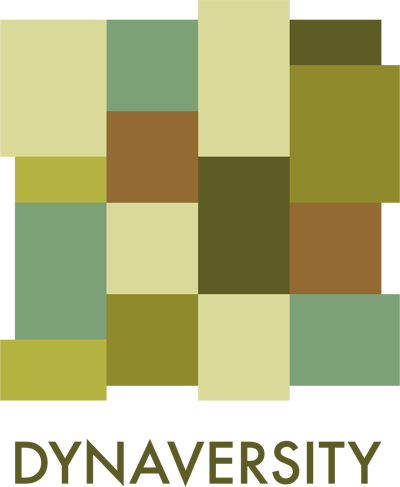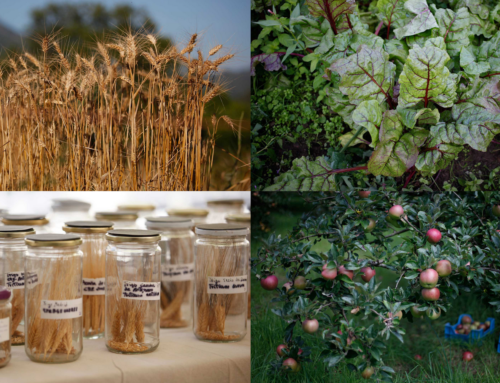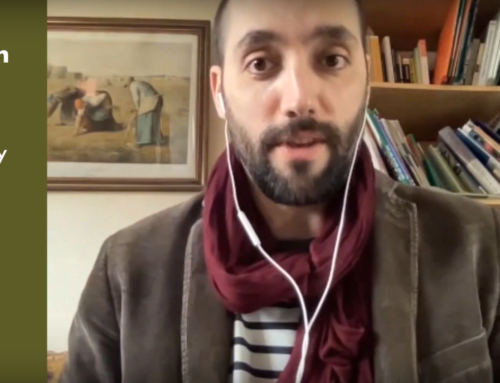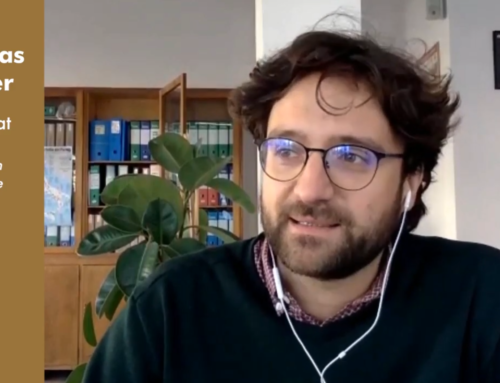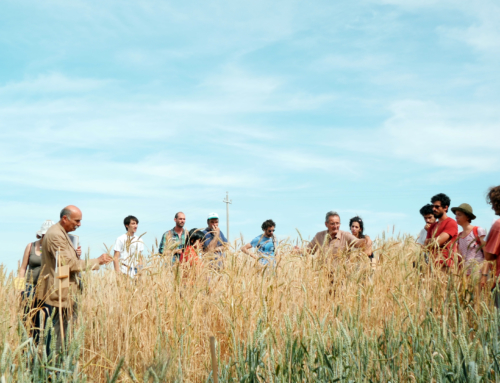How can we build bridges among different crop diversity initiatives to connect people and tackle obstacles? This was one of the main starting questions the University of Liège tried to answer within the DYNAVERSITY project. To do so, they selected and analyzed 21 case studies representing the different players and networks involved in in situ and on farm conservation.
«We chose these case studies to reflect a diversity in geographic locations, in crop types, and also to reflect different scales,» says Stephanie Klaedtke of the University of Liège, DYNAVERSITY partner.
Trained as an agronomist, Stephanie Klaedtke worked with her colleague Corentin Hecquet, a sociologist, to better understand how crop diversity initiatives network.
«We approached those networks with the notion of bridge – Klaedtke explains. – We tried to understand what helps people and initiatives to connect with each other, to tackle certain obstacles. There are many bridges that allow initiatives to connect with the consumers, for example, communicating about taste, having people live the experience of seeing, of touching, of tasting the products of a specific crop diversity».
Among the 21 case studies, there were two Community Supported Agriculture initiatives (CSA) one in Spain and one in Romania (to find out more about CDA, watch the interview with Jocelyn Parot of Urgenci).
«One of the recommendations that came out of these case studies is to foster the multiplication of initiatives rather than the upscaling. These should not be considered ‘one size fits all’ recipes: the outcomes of DYNAVERSITY case studies are understood as learnings, that might perhaps inspire other initiatives».
Watch here the complete interview with Stephanie Klaedtke, agronomist of the University of Liège
Video production: Anna Violato
